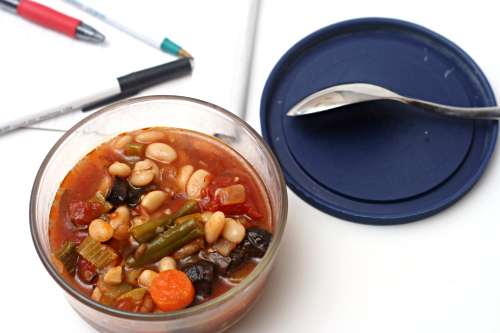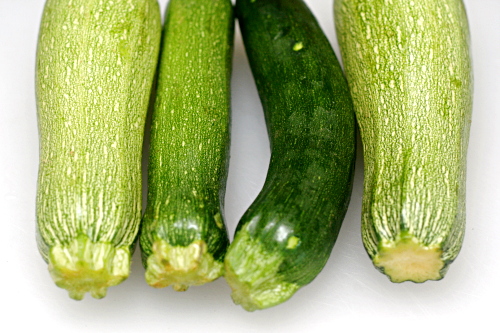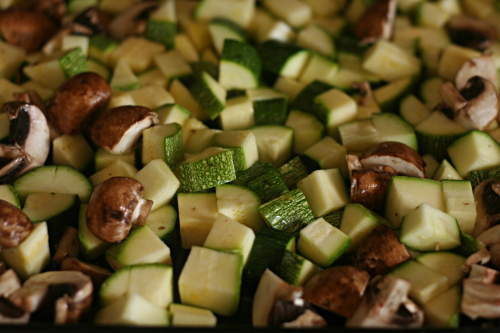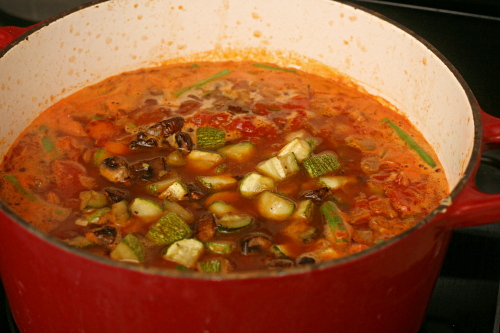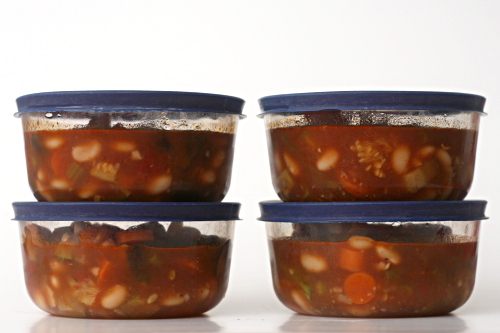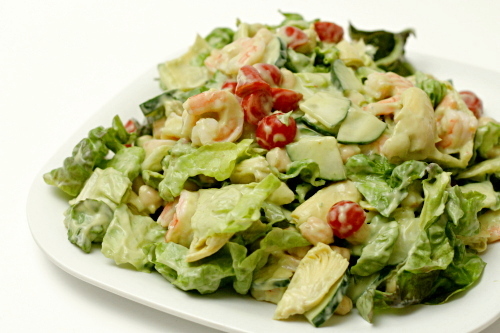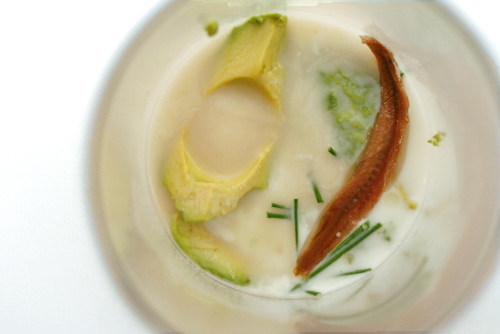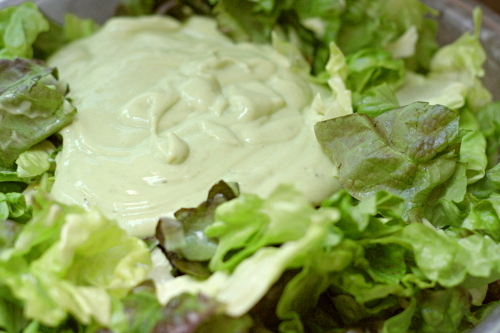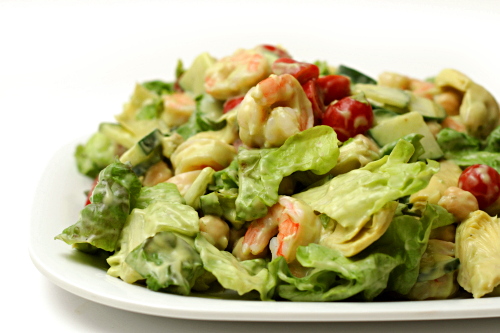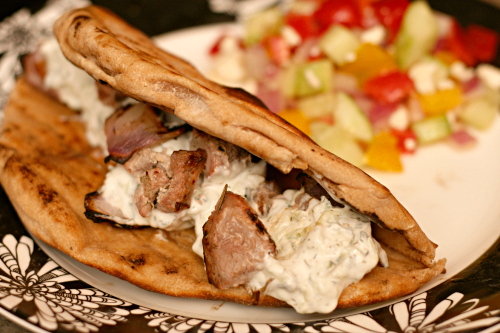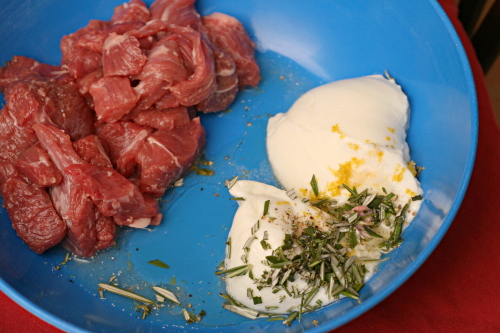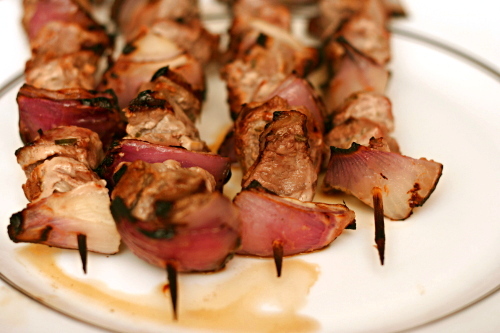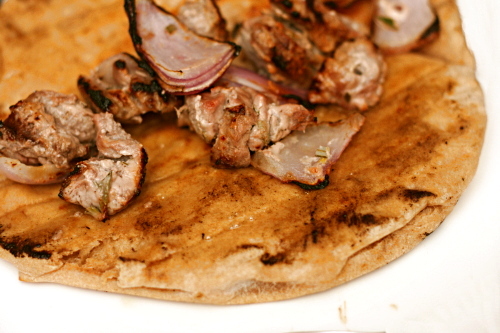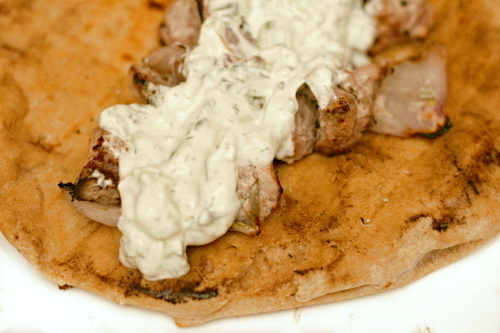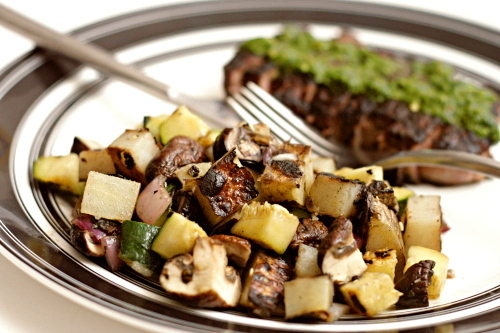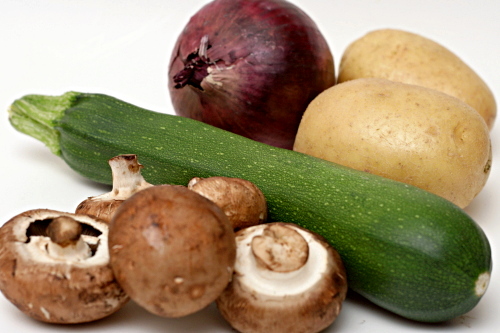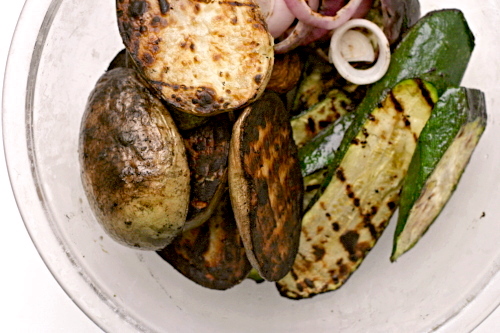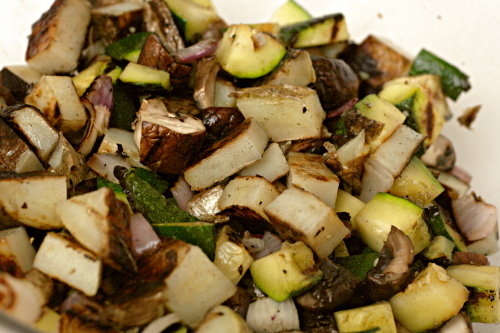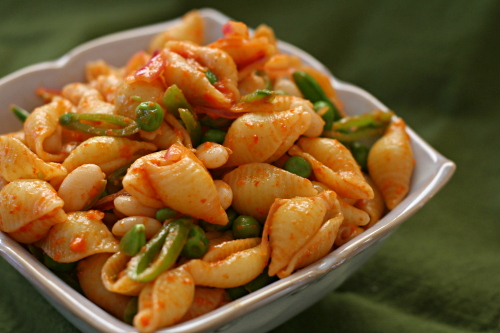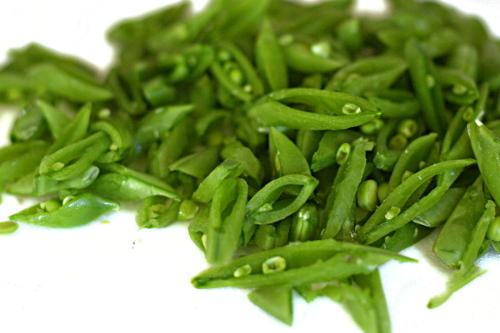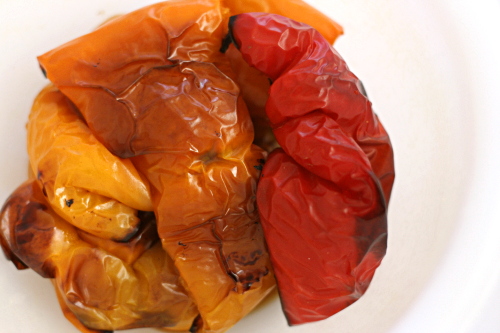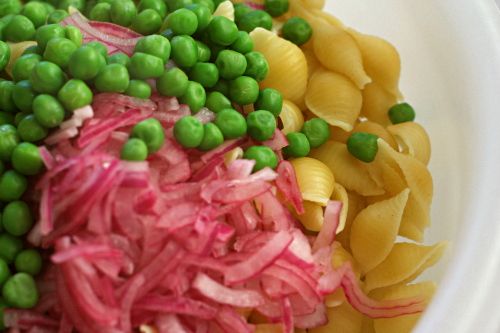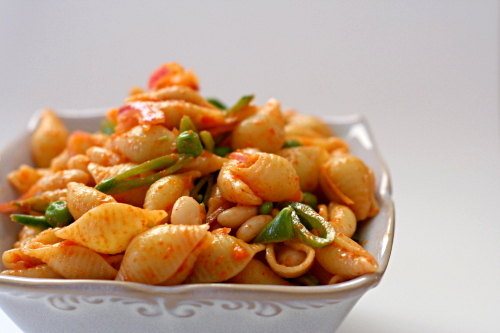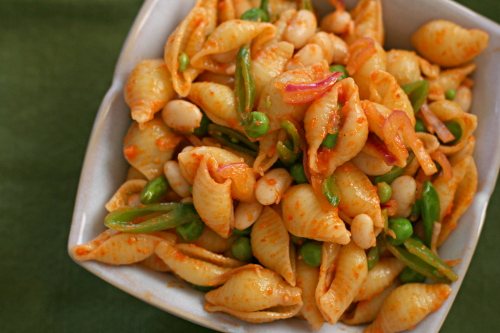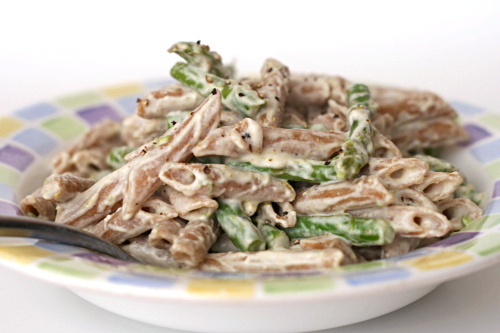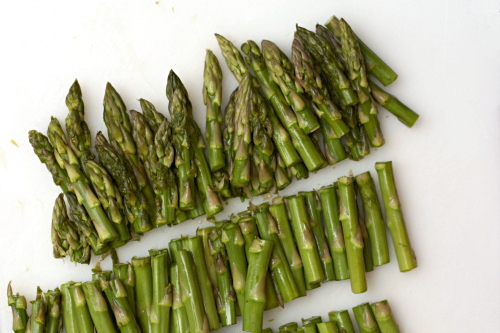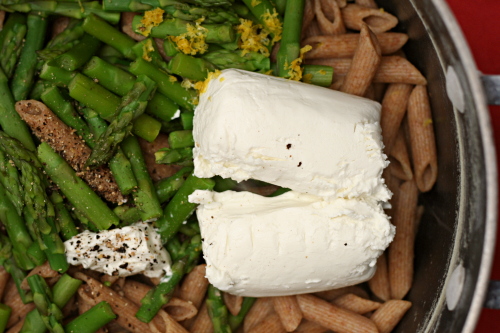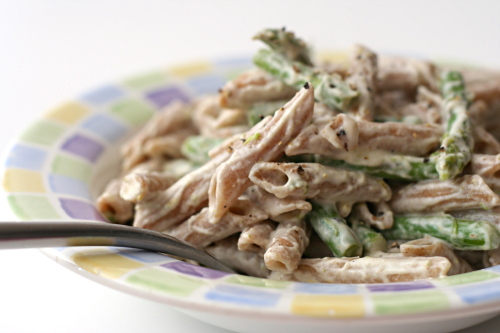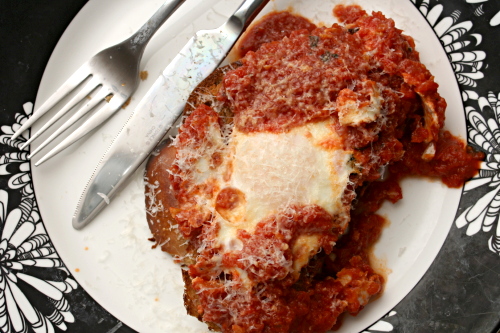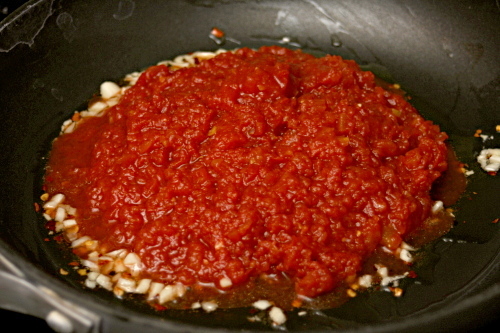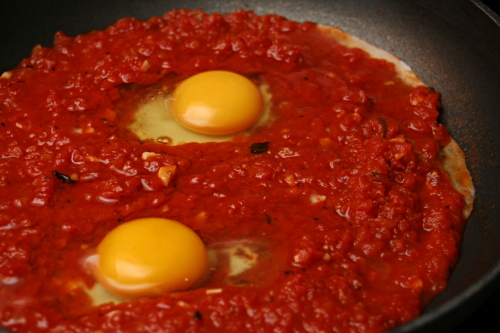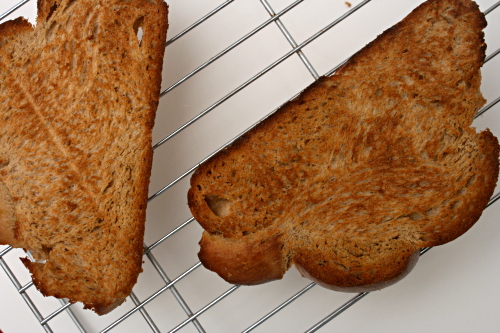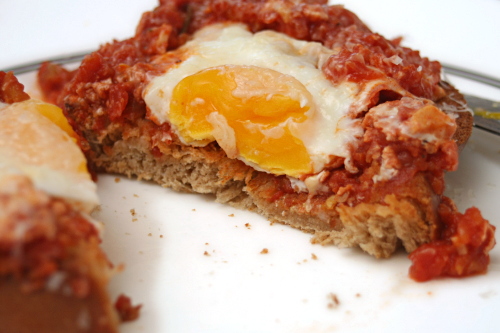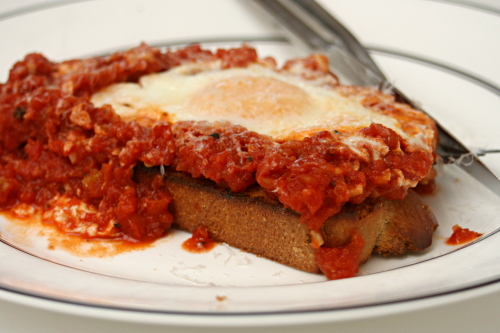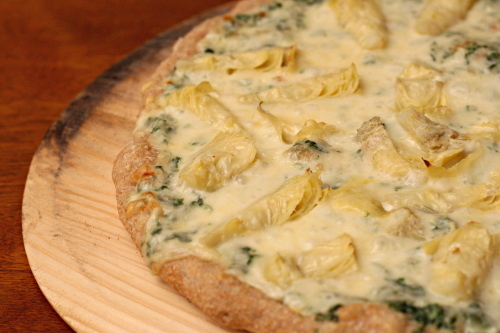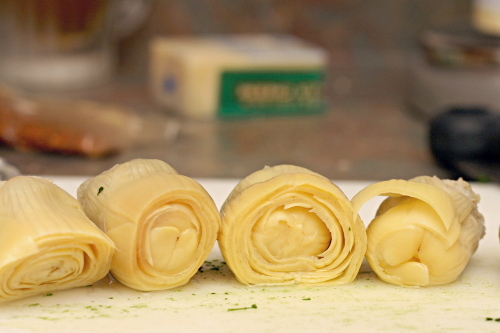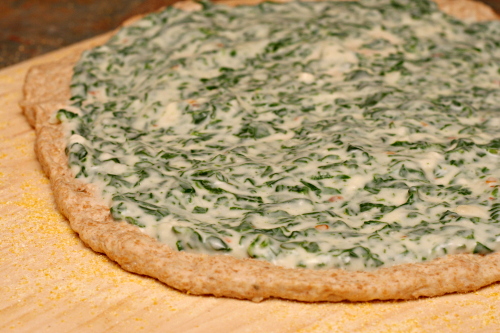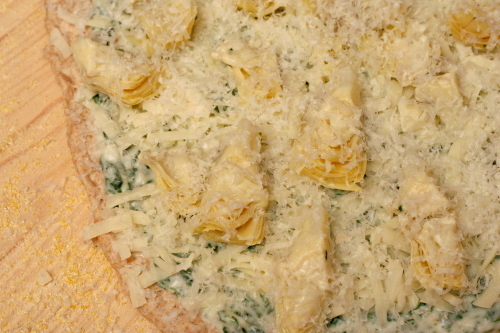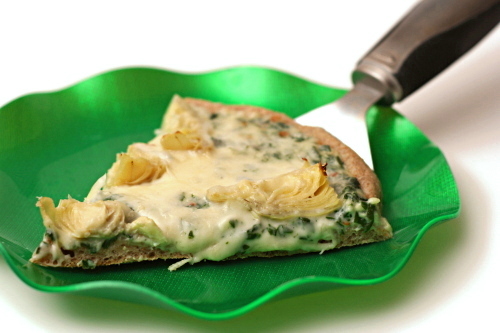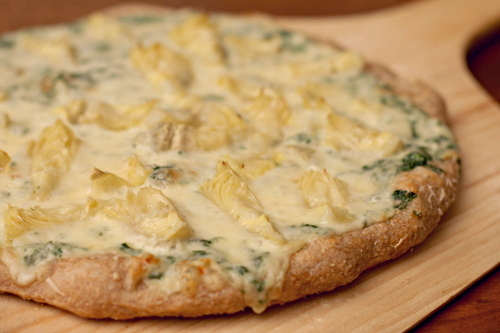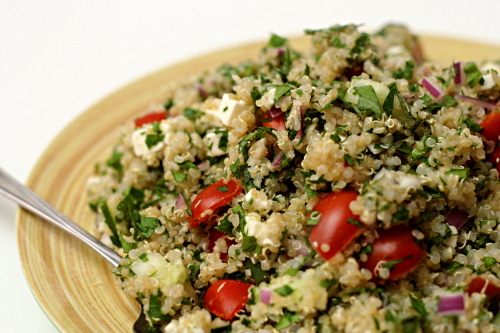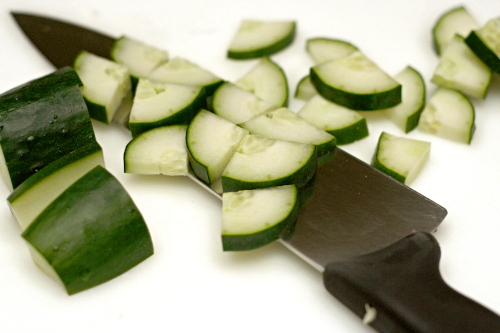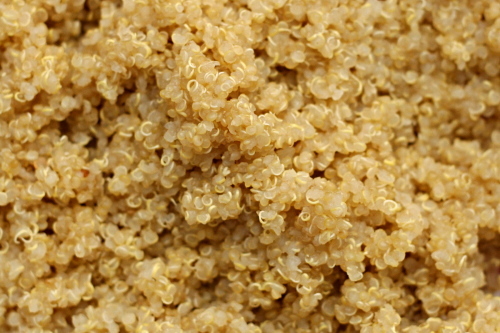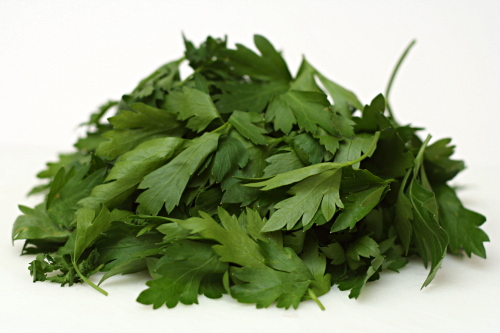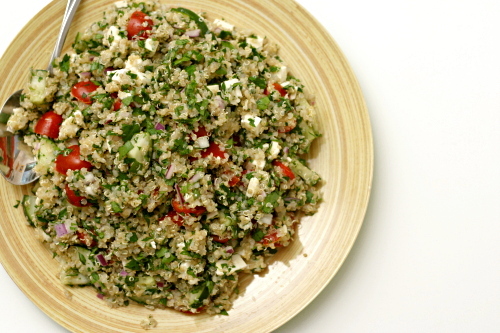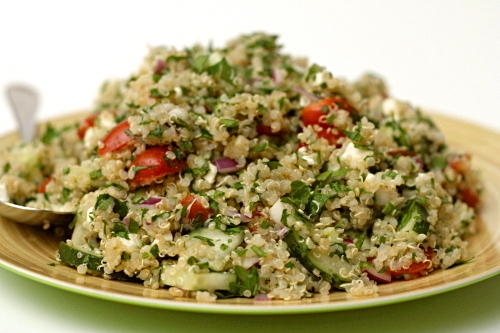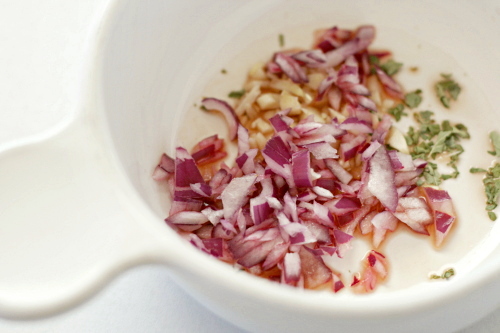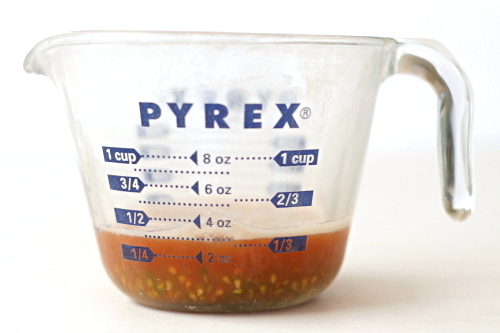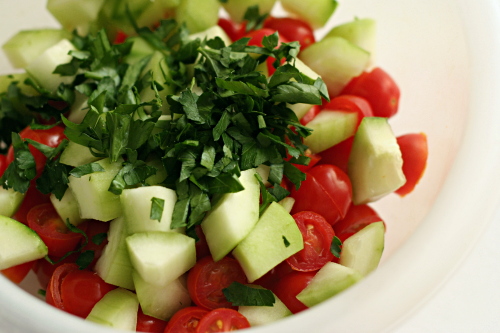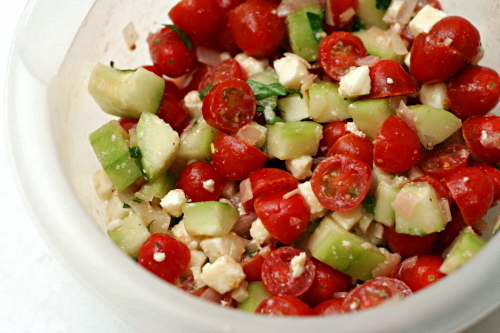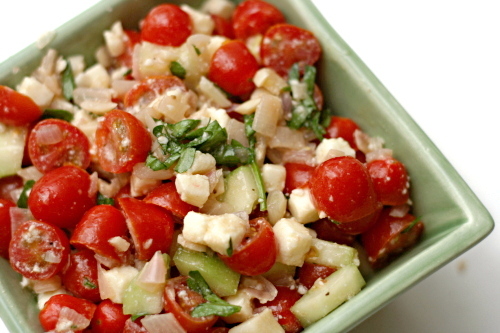I keep to a strict food routine at work. Yogurt and fruit for breakfast, then a whole wheat bagel, more fruit, a hard-boiled egg, a banana with peanut butter, vegetables with hummus, lettuce with feta. Nutritionally, it’s exactly what I want, and, for a while, it was exactly the flavors I wanted too. The first ten or twenty times I ate some sort of lettuce with feta, I was wowed again by how something so simple and healthy could taste so good. Bananas and peanut butter? A classic combination, and for good reason! Hard-boiled eggs – such a great balance between the rich creamy yolk and the lighter white.
As the months pass, the charm of my snack routine is wearing thin. I need more variety. I’ve tried changing lettuce types, cheese types, vegetable types, bean dip types. It isn’t enough. The only thing I truly look forward to these days is the bagel.
But I’ve been struggling with how to keep the perfect nutritional balance with completely different foods. I wasn’t thinking outside of the box. I forgot about hot food. Sure, the microwave at work is a little scary, but so is eating the same five snacks everyday for the rest of my life.
Soup with vegetables and beans is the perfect substitute for vegetables with bean dip. Ree got me started with this classic minestrone enhanced with some roasted vegetables. Not only is it healthy and delicious, but soup is so much fun to make. And it has the added bonus of warming me up after a day spent typing in my over-air-conditioned office. I see a lot more vegetable soups in my future.
One year ago: Herb-Roasted Onions
Two years ago: Roasted Carrots
(Apparently this is the time of year that I roast vegetables.)
Printer Friendly Recipe
Roasted Vegetable Bean Soup (adapted from the Pioneer Woman)
8-10 servings
Ree specifies to roast the vegetables on two sheet pans so you don’t overcrowd them. I used only one pan. The vegetables were overcrowded. I recommend using two pans, so your squash gets browned but not mushy.
I skipped the pasta that Ree calls for (and therefore decided not to call this minestrone – even though I realize that pasta isn’t what makes a soup minestrone). For one thing, it doesn’t fit into my nutritional specifications (see above re: strict rules for food at work). For another, pasta in soup doesn’t make for good leftovers. And finally, pasta in soup like this is just a tease for me; one morsel of pasta in every other bite just isn’t enough.
2 zucchini, diced into ½-inch cubes
2 summer squash, diced into ½-inch cubes
8 ounces white mushrooms, quartered
2 tablespoons olive oil
salt
2 carrots, sliced
1 onion, diced
3 stalks celery, sliced
2 cloves garlic, minced
1 tablespoon tomato paste
8 cups low-sodium chicken broth
1 (14.5-ounce) can diced tomatoes, undrained
2 (15-ounce) cans cannellini beans, rinsed
1 cup green beans, cut into 1-inch pieces
parmesan cheese, shaved
1. Adjust the oven racks to the lower-middle and upper-middle position; heat the oven to 500 degrees. Toss the zucchini, squash, and mushrooms in a bowl with 1 tablespoon of olive oil and a sprinkling of kosher salt. Divide the vegetables between two baking sheets and roast in the hot oven for 5 to 10 minutes, or until brown and black parts begin to show. Remove from the oven and set aside.
2. Meanwhile, in a 5-quart Dutch oven, heat another tablespoon of olive oil over medium heat. Add the carrots, onions, and celery; cook until just beginning to brown, about 8 minutes. Add the garlic and tomato paste and cook, stirring constantly, until fragrant, about 30 seconds.
3. Pour in the broth, tomatoes with their juice, and 1 teaspoon salt; bring to a boil over medium-high heat. Add the cannellini beans and green beans; simmer for fifteen minutes, until the green beans are just tender. Stir in the roasted vegetables. Taste for seasoning, adding more salt if necessary. Serve with parmesan.
